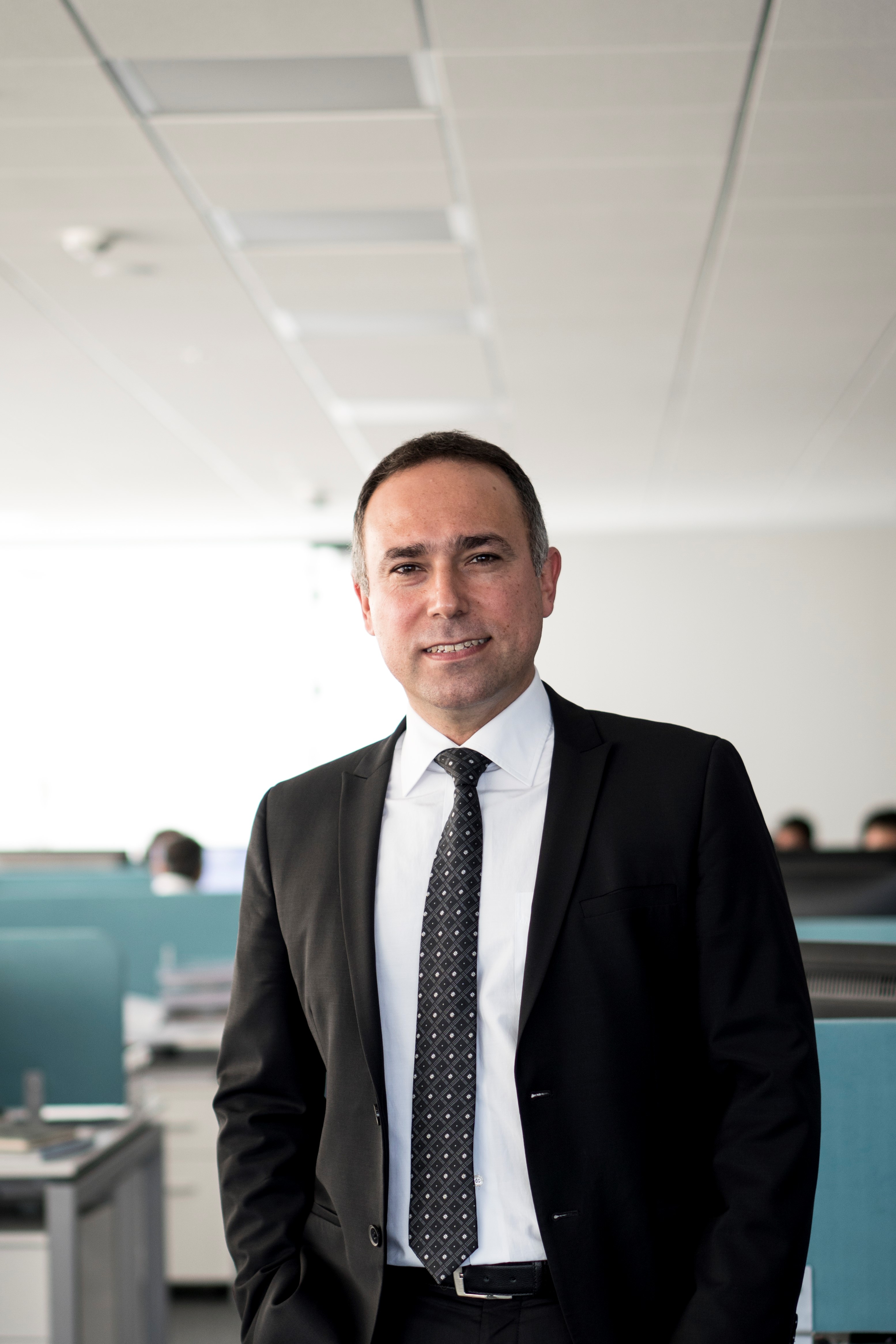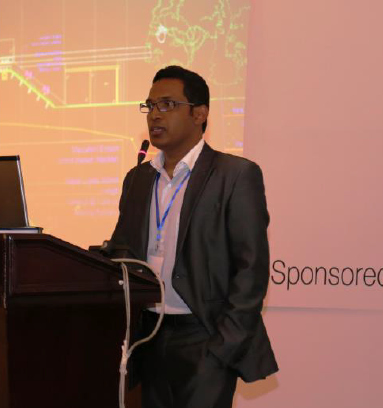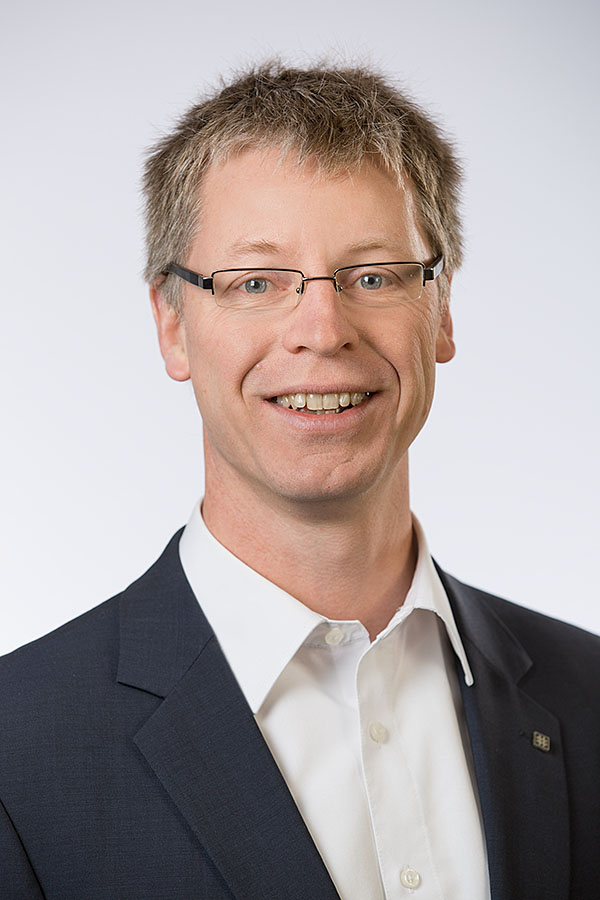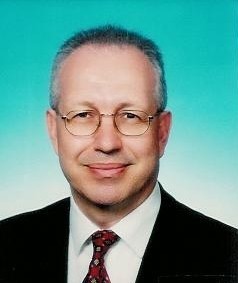Geosynthetics Engineering
Sponsored By:
International Geosynthetics Society (IGS)
International Society of Soil Mechanics and Geotechnical Engineering (ISSMGE)
Geosynthetics Institute (GI)
Geo-Institute of ASCE
Presiding Officer:
Prof. Dr. Erol Guler, Bogazici University, Turkey
Presentation Title: The mechanisms of road stabilization by geosynthetics
- J.P. GIROUD
 Dr. Giroud, Chevalier in the Order of the Légion d’Honneur and a former professor of geotechnical engineering, is a consulting engineer, member of the US National Academy of Engineering, Doctor Honoris Causa of the Technical University of Bucharest, Past President of the International Geosynthetics Society (IGS), Chairman Emeritus and founder of Geosyntec Consultants, and Chairman of the Editorial Board of Geosynthetics International. Dr. Giroud has authored over 400 publications. He coined the terms “geotextile” and “geomembrane” in 1977. He has developed many of the design methods used in geosynthetics engineering and has originated a number of geosynthetics applications. In 1994, the IGS named its highest award “The Giroud Lecture”, “in recognition of the invaluable contributions of Dr. J.P. Giroud to the technical advancement of the geosynthetics discipline”; a Giroud Lecture is presented at the opening of each International Conference on Geosynthetics. In 2002, Dr. Giroud became Honorary Member of the IGS with the citation “Dr. Giroud is truly the father of the International Geosynthetics Society and the geosynthetics discipline”. In 2005, Dr. Giroud has been awarded the status of “hero” of the Geo-Institute of the American Society of Civil Engineers (ASCE) and has delivered the prestigious Vienna Terzaghi Lecture. In 2005-2006 he presented the Mercer Lectures, a prestigious lecture series endorsed jointly by the IGS and the International Society for Soil Mechanics and Geotechnical Engineering (ISSMGE). In 2008, J.P. Giroud delivered the prestigious Terzaghi Lecture of the ASCE. In 2016, Dr. Giroud delivered the prestigious Victor de Mello Lecture of the ISSMGE and, in 2017, the prestigious Széchy Lecture, in Budapest. Dr. Giroud has 56 years of experience in geotechnical engineering, including 48 years on geosynthetics.
Dr. Giroud, Chevalier in the Order of the Légion d’Honneur and a former professor of geotechnical engineering, is a consulting engineer, member of the US National Academy of Engineering, Doctor Honoris Causa of the Technical University of Bucharest, Past President of the International Geosynthetics Society (IGS), Chairman Emeritus and founder of Geosyntec Consultants, and Chairman of the Editorial Board of Geosynthetics International. Dr. Giroud has authored over 400 publications. He coined the terms “geotextile” and “geomembrane” in 1977. He has developed many of the design methods used in geosynthetics engineering and has originated a number of geosynthetics applications. In 1994, the IGS named its highest award “The Giroud Lecture”, “in recognition of the invaluable contributions of Dr. J.P. Giroud to the technical advancement of the geosynthetics discipline”; a Giroud Lecture is presented at the opening of each International Conference on Geosynthetics. In 2002, Dr. Giroud became Honorary Member of the IGS with the citation “Dr. Giroud is truly the father of the International Geosynthetics Society and the geosynthetics discipline”. In 2005, Dr. Giroud has been awarded the status of “hero” of the Geo-Institute of the American Society of Civil Engineers (ASCE) and has delivered the prestigious Vienna Terzaghi Lecture. In 2005-2006 he presented the Mercer Lectures, a prestigious lecture series endorsed jointly by the IGS and the International Society for Soil Mechanics and Geotechnical Engineering (ISSMGE). In 2008, J.P. Giroud delivered the prestigious Terzaghi Lecture of the ASCE. In 2016, Dr. Giroud delivered the prestigious Victor de Mello Lecture of the ISSMGE and, in 2017, the prestigious Széchy Lecture, in Budapest. Dr. Giroud has 56 years of experience in geotechnical engineering, including 48 years on geosynthetics.
Abstract: This presentation will review and describe the mechanisms that are involved in the stabilization of unpaved roads by geosynthetics: improvement of the distribution of wheel loads by the unpaved road base; lateral restraint of aggregate in the road base to ensure long-term performance; partial support of the wheel load by the tensioned membrane effect; improvement of the subgrade bearing capacity thanks to a reduction of subgrade deflection; separation between base and subgrade, which prevents or minimizes intrusion of fines from the subgrade soil into the aggregate base and eliminates or reduces loss of aggregate into the subgrade; and lateral drainage that removes excess water from the unpaved road. These mechanisms are quantified and incorporated in the Giroud-Han method, which is used worldwide for the design of unpaved roads stabilized using geosynthetics as well as the design of unpaved roads that do not incorporate geosynthetics. It will then be shown that some of the mechanisms described for unpaved roads also apply to paved roads, while others do not, hence the basis for the design of paved roads. The short term and long-term benefits of geosynthetics will be addressed, and lessons learned from the possible dysfunctions of unpaved and paved roads will be briefly mentioned. .
Presentation Title: GCL – Not only a clay layer in between geotextiles
- Ismail Coksayar
 Ismail Coksayar graduated as a Civil Engineer in 1996 from Middle East Technical University, Turkey. He is the founding managing director of GEOMAS since 2008. During his career he worked for developing different kinds of clay liners as well as developing new production lines for GCL. GEOMAS is not only producing bentonite clay liners, but also organoclay liners and reactive clay liners. As an innovative producer, GEOMAS has a big R&D team working for developing the chemical and physical properties of GCLs and gets involved with research projects also partially supported by the Scientific and Technological Research Council of Turkey (TUBITAK). Today in-house developed polymer enhanced GCLs are used against very low pH leaches or sea water.
Ismail Coksayar graduated as a Civil Engineer in 1996 from Middle East Technical University, Turkey. He is the founding managing director of GEOMAS since 2008. During his career he worked for developing different kinds of clay liners as well as developing new production lines for GCL. GEOMAS is not only producing bentonite clay liners, but also organoclay liners and reactive clay liners. As an innovative producer, GEOMAS has a big R&D team working for developing the chemical and physical properties of GCLs and gets involved with research projects also partially supported by the Scientific and Technological Research Council of Turkey (TUBITAK). Today in-house developed polymer enhanced GCLs are used against very low pH leaches or sea water.
Abstract: Geosynthetic Clay Liners generally known as a layer of bentonite in between two geotextiles but there are hundreds of different types of GCLs. Simple design of carrying layer, bentonite layer and cap layer can be changed in each product as a solution of various needs of the designers. In this presentation, different problems from the designs and applications will be discussed with the solutions developed by GCLs. Bentonite liners, polymer enhanced materials, reactive liners, organaoclay liners will be presented together with alternative carrying and cap layers of GCL together with laminated films.
Presentation Title: Design of geosynthetics for erosion control and coastal protection
- Jayakrishnan P.V.
 Jay P.V is currently working as the ‘Regional Technical Manager’ with Maccaferri Middle East based at Dubai, UAE; a subsidiary of Officine Maccaferri Italy. His main responsibility is to promote Maccaferri’s technical solutions, develop designs and control all the technical aspects of the Company’s business in the gulf region. He possesses around 15 years of working experience in the field of application of geosynthetics in reinforced soil, erosion control, ground stabilization, hydraulics and costal solutions. Mr. Jay P.V graduated in Civil Engineering in 2000 and post graduated in Geotechnical Engineering in 2003. Thereafter he started industrial career as a 'Design Engineer' at ‘VSL India Pvt Ltd’, working with different types of Reinforced Soil Systems. Later in 2005, joined Maccaferri India as a 'Techno-Marketing Engineer' responsible for propagation of the innovative Maccaferri technologies to various prospective Clients and Consultants. Mr. Jay P.V is experienced in designing of few of the world's tallest reinforced retaining structures like, (1) the 40m high wall in Albania; the tallest of its kind in Europe, (2) the 75m high wall in Sikkim, India, an award-winning project. (3) the 32m high wall in RAK, UAE an award-winning project. (4) the 38m high wall in Jeddah, the tallest of its kind in KSA In 2011, he joined the Maccaferri HQ technical department in Italy as the 'International Projects Manager’. Mr. Jay P.V is having a number of published papers in Geotechnical Engineering to his credit.
Jay P.V is currently working as the ‘Regional Technical Manager’ with Maccaferri Middle East based at Dubai, UAE; a subsidiary of Officine Maccaferri Italy. His main responsibility is to promote Maccaferri’s technical solutions, develop designs and control all the technical aspects of the Company’s business in the gulf region. He possesses around 15 years of working experience in the field of application of geosynthetics in reinforced soil, erosion control, ground stabilization, hydraulics and costal solutions. Mr. Jay P.V graduated in Civil Engineering in 2000 and post graduated in Geotechnical Engineering in 2003. Thereafter he started industrial career as a 'Design Engineer' at ‘VSL India Pvt Ltd’, working with different types of Reinforced Soil Systems. Later in 2005, joined Maccaferri India as a 'Techno-Marketing Engineer' responsible for propagation of the innovative Maccaferri technologies to various prospective Clients and Consultants. Mr. Jay P.V is experienced in designing of few of the world's tallest reinforced retaining structures like, (1) the 40m high wall in Albania; the tallest of its kind in Europe, (2) the 75m high wall in Sikkim, India, an award-winning project. (3) the 32m high wall in RAK, UAE an award-winning project. (4) the 38m high wall in Jeddah, the tallest of its kind in KSA In 2011, he joined the Maccaferri HQ technical department in Italy as the 'International Projects Manager’. Mr. Jay P.V is having a number of published papers in Geotechnical Engineering to his credit.
Abstract:An engineering approach to the design of Geosynthetics for erosion control on slopes can be based on the well known revised Universal Soil Loss Equation (RUSLE). The use of RUSLE for designing with Geosynthetics requires the definition of the performance of the various products by laboratory and full-scale performance tests. The use of geosynthetics as flexible forms (bags, containers, mattresses and tubes) provide technically sound and economical solutions to many coastal protection problems. The design of Geosynthetics tubes (GST) for coastal protection requires the definition of the required mechanical and hydraulic properties of the geotextiles making the GST, and to perform stability analyses to ensure that the GST structure will not reach ultimate or serviceability limits under the actions of water pressure, waves, gravity. The design methods commonly available for GST in coastal protection applications are presented.
Presentation Title: Geotextile Encased Columns
- Hartmut Hangen

Hartmut Hangen has studied Civil Engineering at the RWTH Aachen (Germany) and EPF Lausanne (Switzerland) and started his professional career as an applications engineer for the geosynthetics producer and solution provider HUESKER Synthetic GmbH in Germany. His special focus are reinforcement applications providing straightforward and cost-effective alternatives for foundations, retaining structures or environmental applications. Hartmut has 20 years of experience in this field and been busy in various international technical committees for regulation and design of geosynthetics. Currently he is working as the head of international technical training at HUESKER Synthetic.
Abstract: The presentation will start with the fundamentals regarding geotextile encased columns, like typical application areas, the general system behavior and the different installation methods. Furthermore, the current design approach according to the EBGEO regarding the encasement and the horizontal stability of the system will be explained. International case studies and measurement data will be presented. The presentation will end with a short overview on current research results including the latest data on their behavior under earthquake loading.
.
Presentation Title: Earthquake behavior of Geosynthetic Reinforced wall retaining structures
- Erol Guler

Dr. Erol Guler is a full professor of geotechnical engineering at Bogazici University, Istanbul, Turkey since 1989. He acted as the Director of Environmental Sciences Institute of Bogazici University between 1996 and 1999 and as the Chairman of the Civil Engineering Department between 2004 and 2010. He was a visiting Fulbright Professor at the University of Maryland between 1989 and 1991. Prof. Guler is the leading geosynthetic scientist in Turkey, having been an IGS Member since 1989. He founded the IGS Turkish Chapter in 2001 and served as its president until 2005, and was reelected as President again in 2011. He was the organizer for the first two national geosynthetic conferences in 2004 and 2006 and is currently the chairman of the organizing committee of the 2016 European Regional Conference of IGS, EuroGeo6. Prof. Guler has been a member of the International Standards Organization (ISO) Technical committee on geosynthetics as a representative of the Turkish Standards Institute since 2002. He is currently the Convener of the WG2 of ISO/TC221 (Technical Committee on geosynthetics) and is also the Convener of the WG2 of CEN-TC189 (European Committee for Standardization’s Technical Committee on geosynthetics). Prof. Guler is currently an international member of the USA TRB Committee on Geosynthetics. Prof. Guler’s research has focused mainly on geosynthetic reinforced walls and specifically he conducted research on the use of marginal soils in such structures and their behavior under earthquake loading conditions. His research work includes numerical studies as well as shaking table tests and full scale tests. In addition to his research work, Prof. Guler has extensive practical experience, including design work for numerous projects where geosynthetics were used as reinforcement or liners.